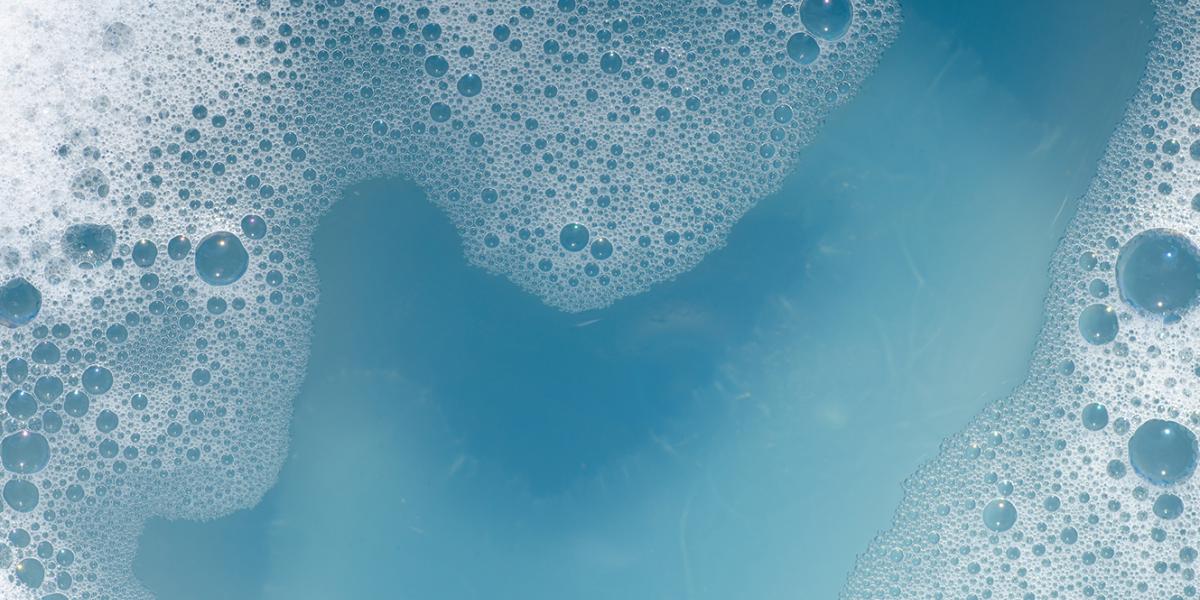You are here

The New York legislature passed a bill to ban 1,4-dioxane above trace amounts in Consumer Packaged Goods (CPG) on 20 June 2019, and California is likely to follow suit based on a preliminary screening assessment of the impact of the substance. If signed by the New York governor, the state’s ban could take effect as early as 1 January 2022 with the possibility of a one-year waiver on the application of the requirements.
Verisk 3E Analysis
In response to the U.S. Environmental Protection Agency’s determination that 1,4-dioxane is a likely human carcinogen, New York and California have both taken action to limit public exposure to the chemical.
Ban of 1,4-dioxane in the State of New York
The New York legislature has passed a bill to ban more than trace amounts of the substance in household cleaning products, cosmetic products and personal care products. The bill states that “trace amounts” in both household cleaning products and personal care products refers to concentrations of 2 parts per million (ppm.) starting on 31 December 2022, and 1 ppm starting 31 December 2023, whereas “trace amounts” in cosmetics products refers to a concentration of 10 ppm starting on 31 December 2022. Further, these trace concentration thresholds will undergo agency review starting 1 May 2025 and every two years thereafter to determine whether a lower limit is warranted to better protect human health and the environment.
California: Assessments Leading to Regulating the Chemical
The California Department of Toxic Substance Control (DTSC) is also considering regulatory action regarding 1,4-dioxane under the authority of the Safer Consumer Products regulations. Although no bills or rules have yet been proposed, DTSC has conducted a preliminary screening of 1,4-dioxane, which lead it to conclude:
- 1,4-Dioxane is generated during production of ethoxylated surfactants and other raw materials often found in products such as shampoo, body wash, dish detergent and laundry detergent
- Public health agencies widely agree that the chemical is likely to cause cancer
- The chemical is not removed by most wastewater and drinking water treatment processes because it is readily soluble and persistent in water
- Thus, exposures are likely to occur due to the chemical in personal care and cleaning products entering wastewater after product use
- Detections of the chemicals suggest that 1,4-dioxane is present in drinking water sources in the range of 1.1 – 53 micrograms per liters, which greatly exceeds the U.S. EPA’s health-base reference concentration of 0.35 micrograms per liter
Based on the above findings, the DTSC is seeking input from stakeholders as it determines the course of action to be taken in regulating the substance.
Business Impact
New York
Affected businesses should be aware that if the law is approved by the governor then products sold in New York will have to comply with the desirable concentration maximum starting on 31 December 2022. The state, however, is granting a one-year waiver to manufacturers that are unable to meet the maximum concentration limit if they are able to show proof that the manufacturer has taken the necessary steps to do so and that full compliance is not possible at the time of filing the waiver. Manufacturers that are unable to produce such proof will need to either lower the concentration of 1,4-dioxane present in their products or remove these products entirely from sale in the state of New York. Businesses that fail to comply with these requirements could face civil penalties up to $1,000 per day of violation, and up to $2,500 per day of violation for a second offense.
California
Potentially affected businesses have no requirements for 1,4-dioxane concentrations in California at this time, but are encouraged to participate in opportunities to give comments and attend sessions listed on the agency’s website. Comments must be submitted on or before 21 August 2019 via the online information management system, CalSAFER. Further, comments should address the following questions that the agency has drafted to the attention of affected stakeholders:
Theme 1. Potential 1,4-dioxane adverse impacts
- Are there indicators of adverse impacts to public health or the environment as a result of 1,4-dioxane in personal care and cleaning products?
- What concerns exist about the presence of 1,4-dioxane in wastewater?
- What challenges does 1,4-dioxane pose to California’s ability to beneficially reuse wastewater or produce drinking water?
Theme 2. Presence of 1,4-dioxane in personal care and cleaning products
- What types of personal care and cleaning products, including household and commercial/institutional uses, are contaminated with 1,4-dioxane, and which types have the highest levels?
- What levels of 1,4-dioxane are present in personal care and cleaning products in California? Do these levels vary across price ranges or markets within California?
- What alternatives to ethoxylated surfactants are currently available for personal care and cleaning products? What are the challenges associated with using non-ethoxylated surfactant alternatives in these product categories?
Theme 3. Alternatives Analysis Threshold
- How well can 1,4-dioxane generation be controlled during production of ethoxylated ingredients?
- What are the best approaches to remove 1,4-dioxane from surfactants or other ingredients in personal care and cleaning products?
- Can 1,4-dioxane be completely removed from ethoxylated ingredients used in personal care and cleaning products? If not, what is the minimum level achievable?
- What is the minimum level of 1,4-dioxane that is consistently achievable in personal care and cleaning products, both those that contain ethoxylated ingredients and those that do not?
- What methods are currently available for measuring 1,4-dioxane in formulated consumer products? What is the lowest reliably quantifiable level of 1,4-dioxane that can be determined in products using these methods?

 Top
Top